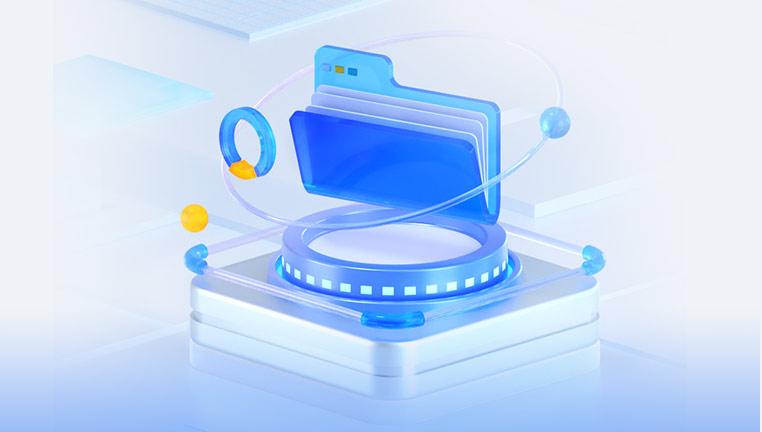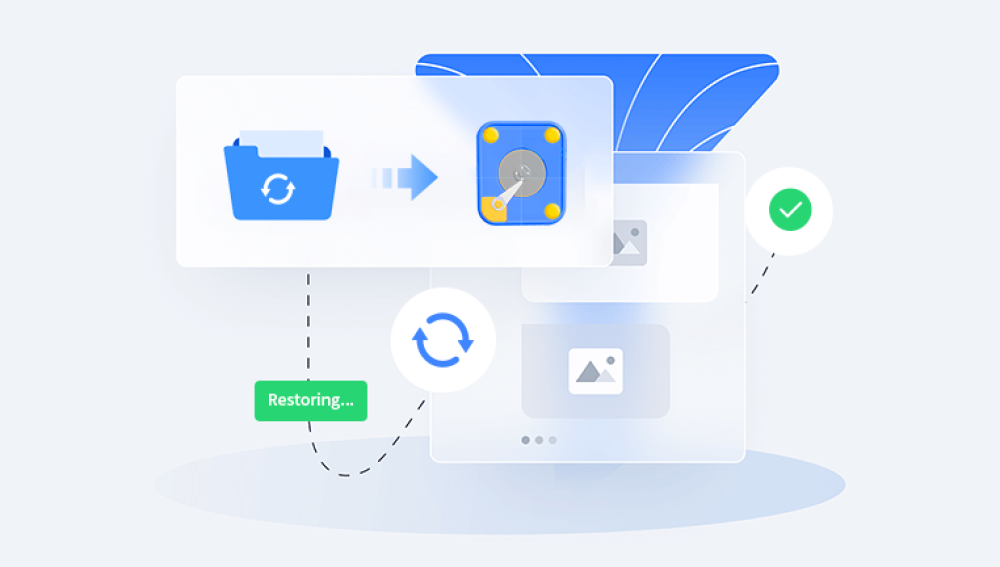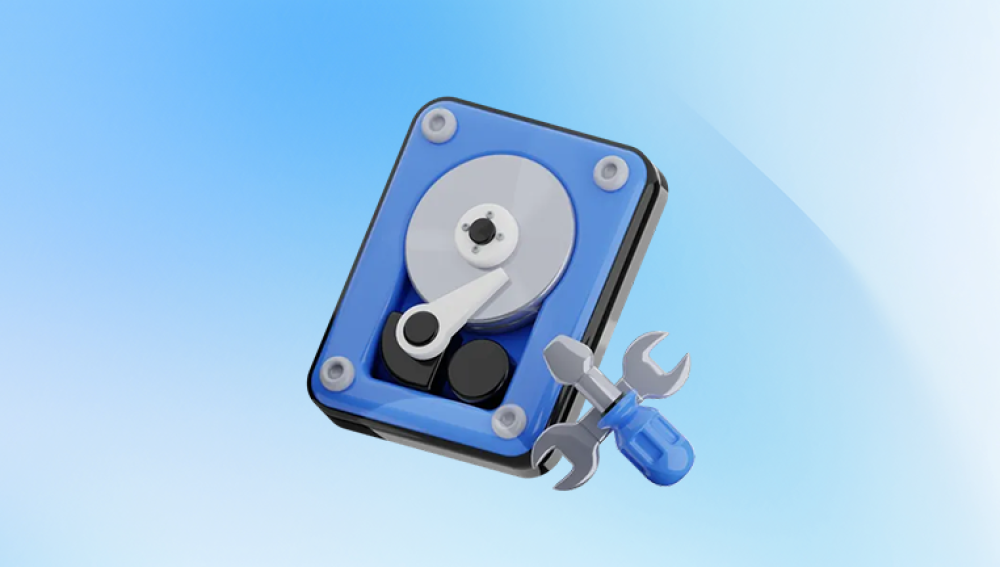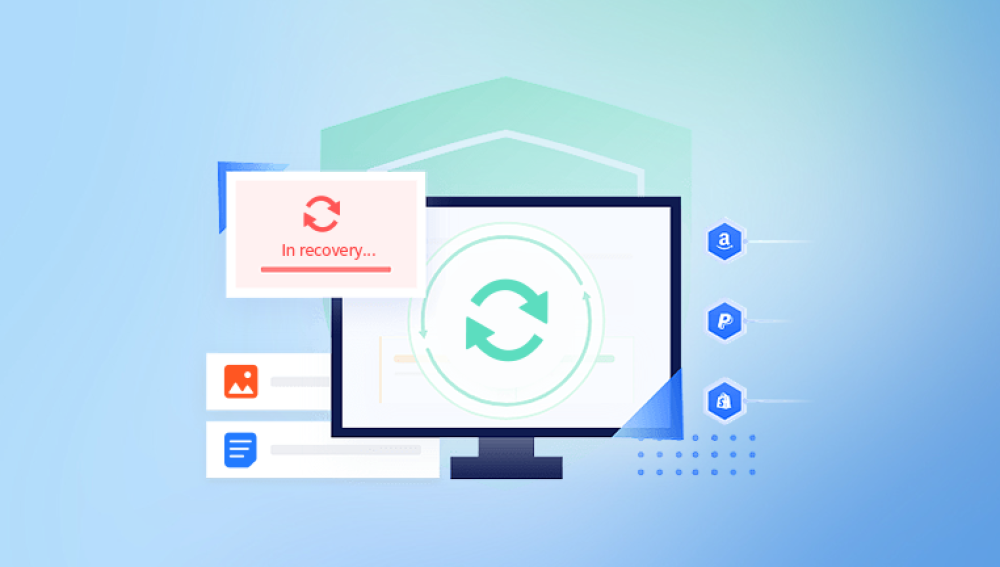Seagate, one of the world’s leading hard drive manufacturers, provides a range of storage devices. But like any hardware, Seagate drives are not immune to failure. When that happens, data recovery becomes essential.
Chapter 1: Seagate Data Loss
Seagate hard drives, both internal and external, are widely used in personal and enterprise settings. Data loss from Seagate devices may occur due to:
Physical damage (e.g., dropped drive, water or fire damage)
Logical failure (e.g., corrupted file system, virus infection)

Firmware issues
Mechanical failure (e.g., failed read/write heads, motor failure)
Human error (e.g., accidental deletion or formatting)
Each type of failure impacts the cost and complexity of data recovery.
Chapter 2: Types of Seagate Devices Requiring Recovery
Understanding the type of Seagate storage device is critical for estimating recovery costs:
Seagate External Hard Drives: Popular for personal use (e.g., Backup Plus, Expansion)
Seagate Internal Drives: Found in desktops, laptops, and servers
Seagate SSDs: Faster and more durable, but complex to recover
Seagate NAS Devices: Used in business settings, often with RAID configurations
Seagate Surveillance Drives: Specialized for 24/7 recording, often fail due to wear
Enterprise Drives (Exos, Nytro): Handle large data volumes; recovery is complex and costly
Chapter 3: Seagate Recovery Service Options
In-House Manufacturer Recovery (Seagate Rescue Plan):
Offered at purchase or separately
Typically priced between $10–$100/year, covering limited years
Covers accidental damage, logical failure, some physical recovery
Third-Party Recovery Services:
Numerous certified labs offer Seagate-specific recovery
Prices range from $300–$2.000+, depending on severity
DIY Software-Based Recovery:
Useful for logical failures (deleted files, formatted drives)
Costs between $50–$150 for professional-grade software
Chapter 4: Factors Affecting Seagate Data Recovery Costs
Several variables affect how much you’ll pay for Seagate data recovery:
Type of Failure:
Logical failures: Least expensive ($100–$500)
Mechanical issues: More expensive ($500–$1.200+)
Severe physical damage: Up to $2.000 or more
Device Type and Size:
Larger capacity drives cost more to recover
SSDs require specialized tools, increasing costs
Urgency:
Standard turnaround (5–10 business days): Base price
Expedited/emergency recovery (24–72 hours): Add 20–100% premium
Recovery Lab Expertise:
Certified cleanroom environments ensure better success but increase cost
Success Guarantee:
Many providers follow a "No data, no fee" policy
Always confirm policy details before committing
Chapter 5: Seagate Rescue Plan
Seagate Rescue Services can be purchased with new drives or separately:
Coverage Period: Usually 2–3 years
Cost: $10–$100 depending on drive and plan length
Services Included:
One recovery per plan term
Recovery for accidental deletion, file corruption, and mechanical failures
Return of data on encrypted external drive
This plan provides cost savings versus third-party recovery but has limitations:
Not applicable once expired
No guarantee for success in extreme damage
Chapter 6: Real-World Recovery Scenarios and Costs
Scenario 1: Deleted Files on Seagate Expansion Drive
Recovery Type: Logical
Method: Software-based
Cost: $75 for recovery software
Scenario 2: Clicking Sound from Seagate HDD
Recovery Type: Mechanical failure
Method: Cleanroom repair and imaging
Cost: $800
Scenario 3: Seagate RAID Failure in NAS
Recovery Type: RAID array rebuild + physical recovery
Cost: $1.800
Scenario 4: Damaged Seagate SSD (liquid exposure)
Recovery Type: Physical + NAND chip read
Cost: $1.500
Chapter 7 : How to Choose a Recovery Provider
Look for these qualities in a data recovery service:
Certified ISO Class 5 cleanroom
SSAE 18 SOC II compliance for data security
Experience with Seagate devices
Transparent pricing and "no data, no fee" policies
Free diagnostic evaluations
Secure return options for recovered data
Top-rated providers include:
Drecov Data Recovery
Drecov Data Recovery is a powerful and intuitive tool designed to help users recover lost or deleted files from a variety of storage devices. Whether you’ve accidentally deleted important documents, lost data due to formatting, or experienced corruption from a system crash, Drecov Data Recovery offers an accessible solution without requiring advanced technical skills.
Compatible with a wide range of devices including external hard drives, USB flash drives, SD cards, and internal storage Panda’s software uses advanced scanning algorithms to detect and restore files quickly and securely. The software supports a broad range of file types, including photos, videos, documents, and compressed archives.
One of Panda’s standout features is its streamlined user interface, which guides users through a simple three-step recovery process: select the drive, scan for files, and recover what you need. It also offers a preview option so users can confirm recoverable files before proceeding.
Chapter 8: Tips to Reduce Seagate Recovery Costs
Act Quickly: Stop using the device to prevent further damage
Avoid DIY if Unsure: Attempting to open the drive may worsen damage
Check Warranty: Seagate warranty may not cover recovery but might help with replacement
Consider Recovery Plan: Purchase Seagate Rescue when buying new drives
Request Multiple Quotes: Compare providers for best pricing and service level
Chapter 9: Prevention is the Best Investment
To avoid high recovery costs, use preventive measures:
Backups: Set up automatic backups to external drives or cloud services
UPS Protection: Use uninterruptible power supplies to avoid corruption from power surges
Anti-Virus Software: Protect against ransomware and malware
Safe Handling: Keep drives in cool, dry places and handle with care
Regular Monitoring: Use Seagate diagnostic tools to monitor drive health




